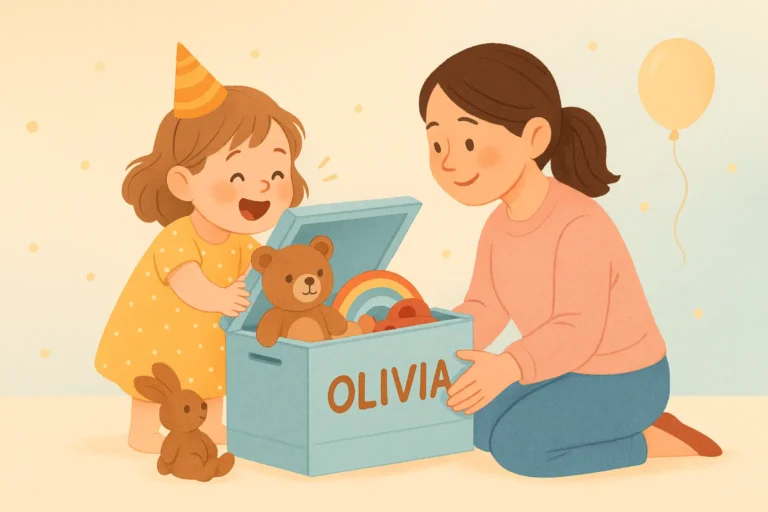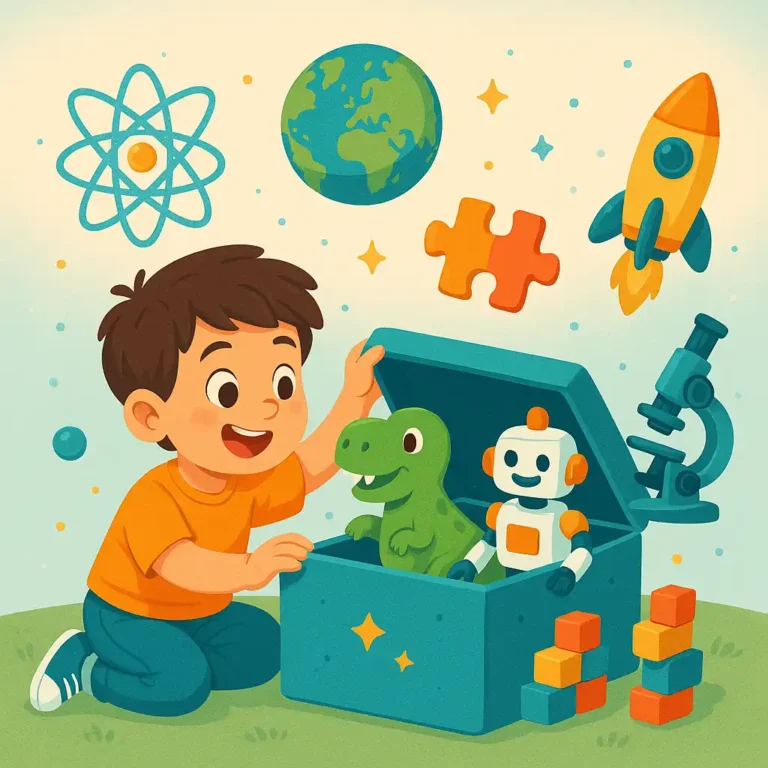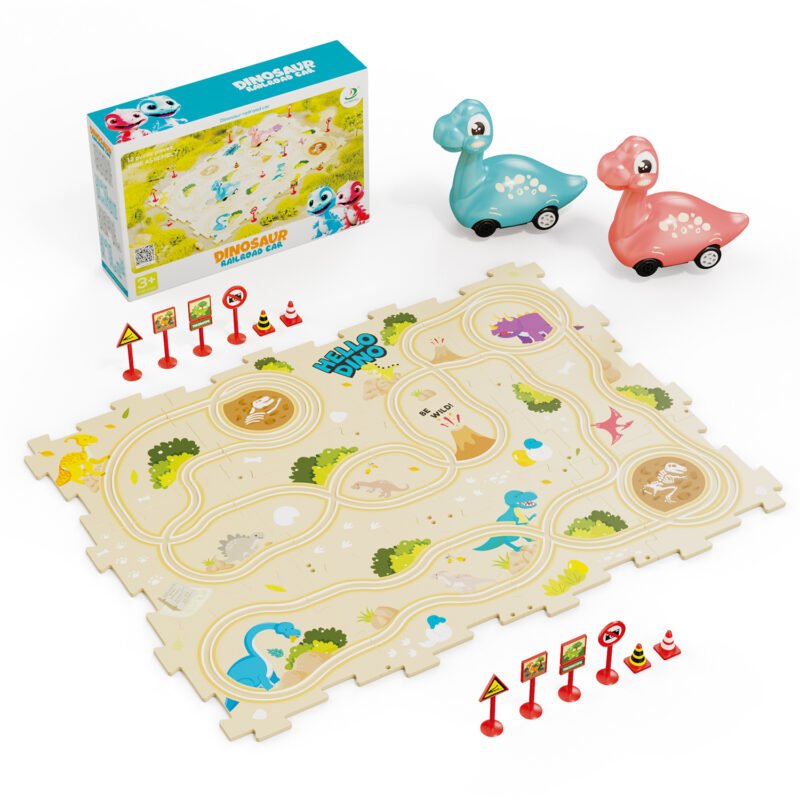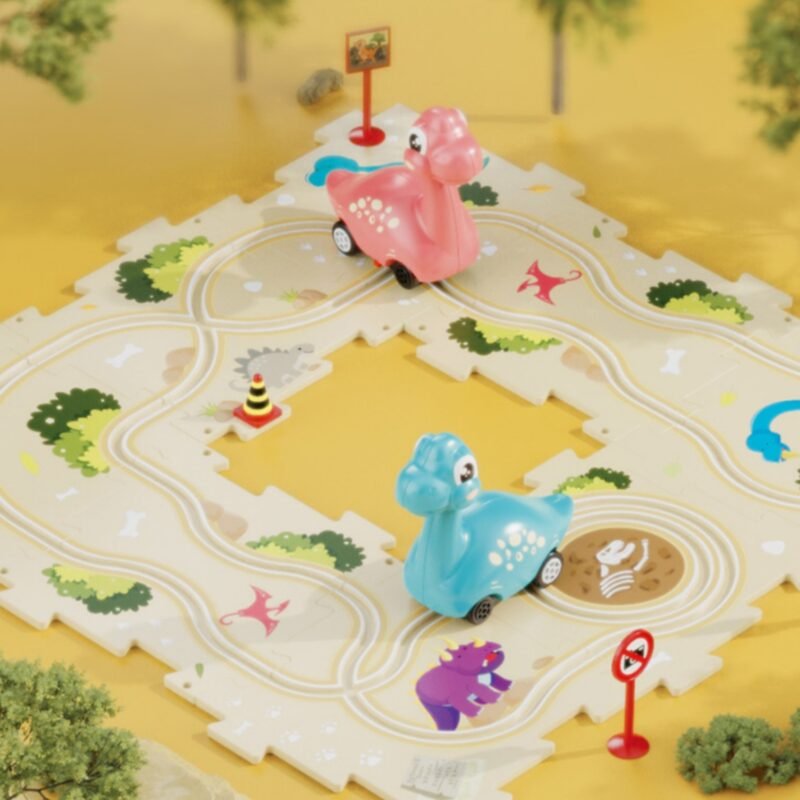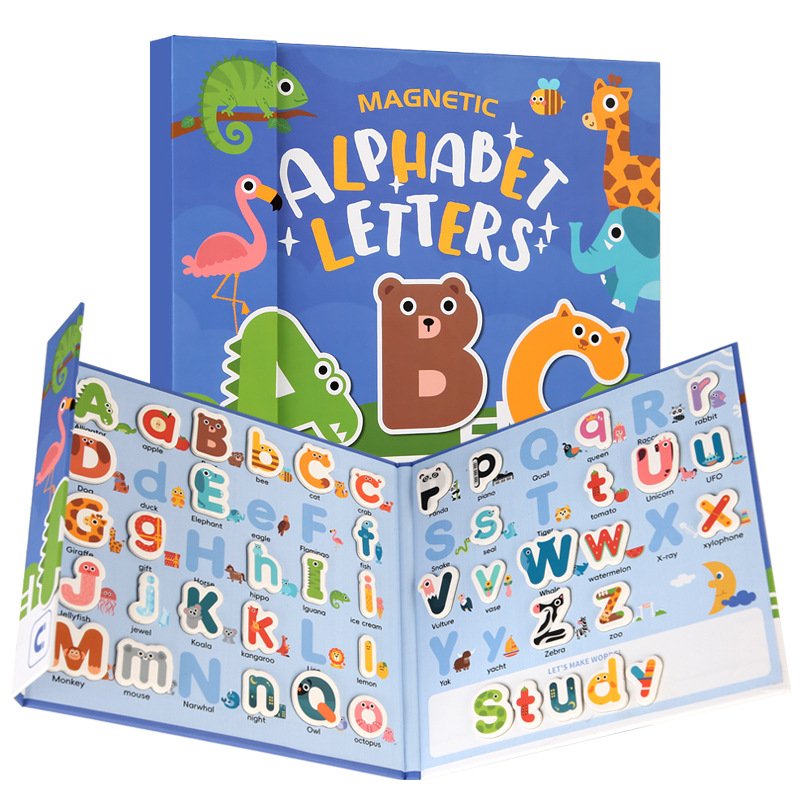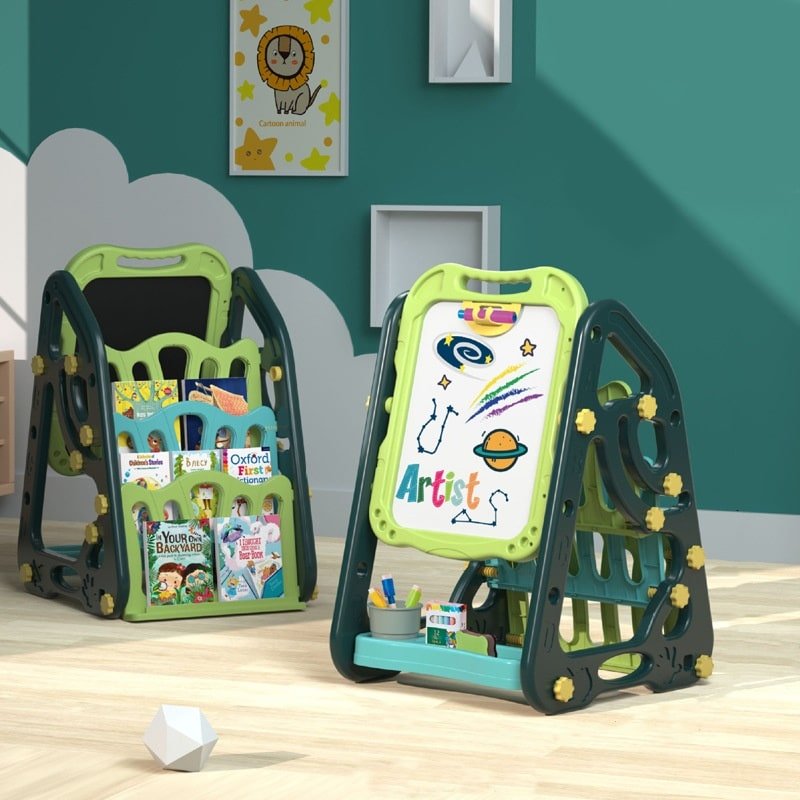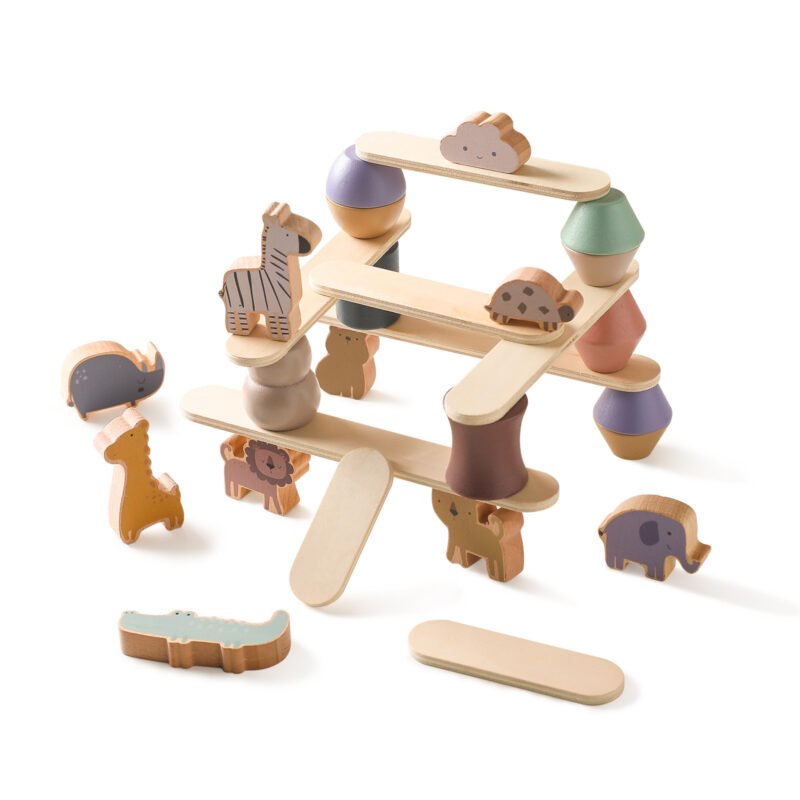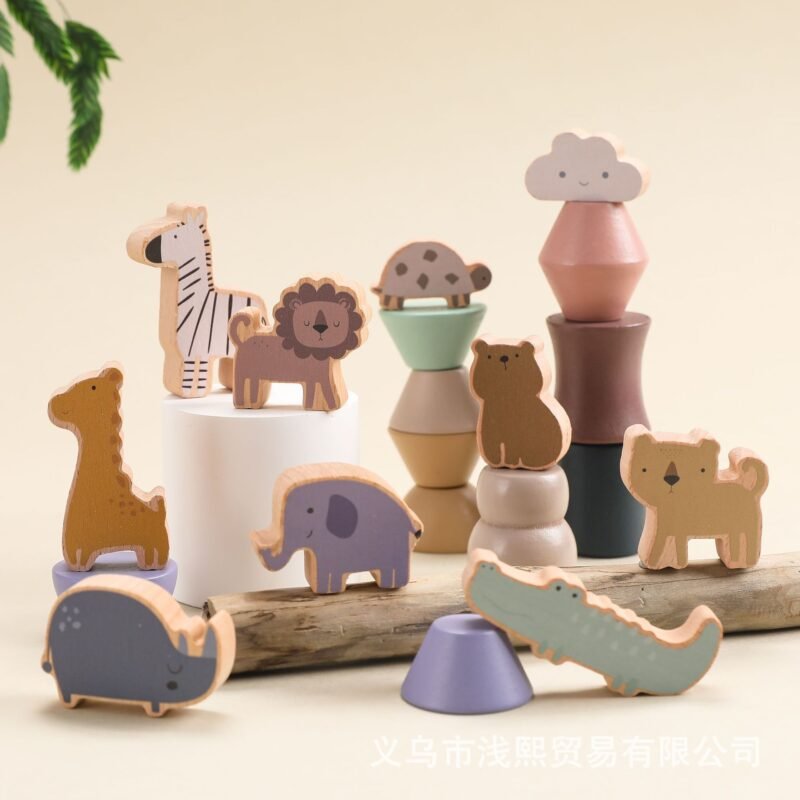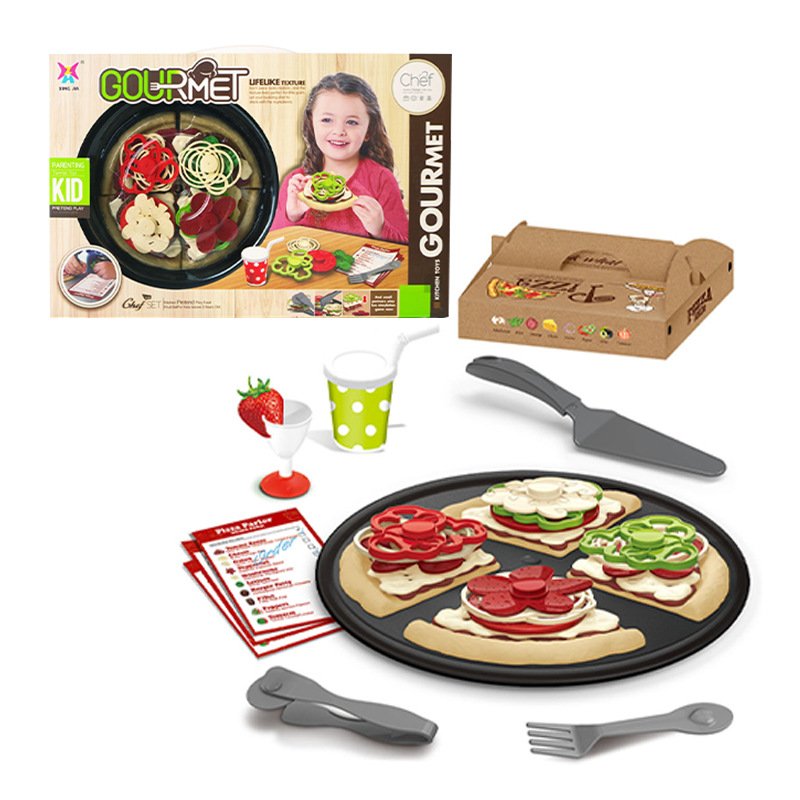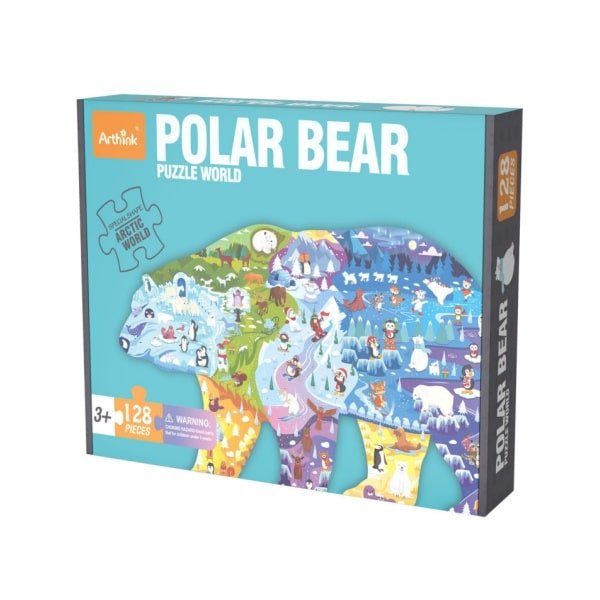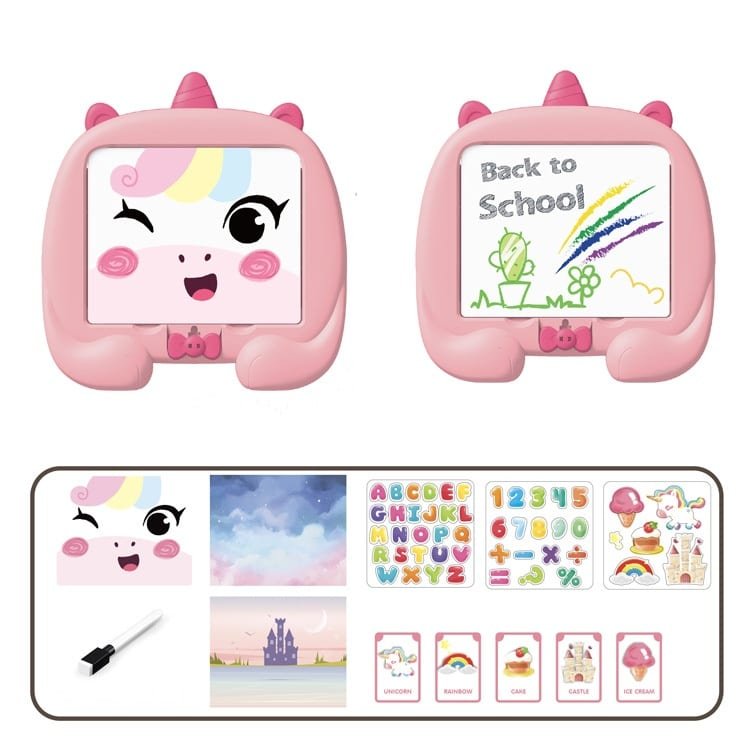Green Playgrounds: How Gigbib is Transforming the Toy Industry with Sustainable Solutions
In the world of toy manufacturing, plastic is king. This is not just a trivial fact; it’s a significant environmental concern. Let’s delve into why this is the case.
The toy industry, vibrant and innovative, has long relied on plastic due to its versatility, durability, and cost-effectiveness. An overwhelming 90% of toys are crafted from various types of plastics, from soft and flexible to hard and durable. This reliance raises a crucial question: why not shift to biodegradable plastics?
The answer is multifaceted. Firstly, the cost of biodegradable plastic materials is substantially higher – about 3 to 4 times more than conventional plastics. This price gap is a significant barrier, particularly in an industry driven by cost efficiency. Moreover, the quality of biodegradable plastics can be inconsistent. Issues with durability, texture, and color fastness are common, posing a challenge for manufacturers who need to ensure their products are safe, long-lasting, and visually appealing.
Thus, plastic remains an inevitable material in the toy industry, but its environmental impact cannot be ignored. The toy industry, with its global reach and economic significance, finds itself in a conundrum. It’s caught between the need to produce cost-effective, high-quality toys and the growing demand for sustainable, environmentally friendly practices.

Exploring the Toy Industry’s Characteristics
The toy industry is a fascinating world that operates under unique market dynamics, making it distinct from many other sectors.
First, let’s talk about seasonality. This industry is heavily influenced by seasonal demands, with peaks typically around holiday periods like Christmas and other festive occasions. During these times, production ramps up to meet the high consumer demand, leading to a cycle of intense activity followed by quieter periods.
Then there’s the trend factor. In the world of toys, what’s hot today might not be tomorrow. Kids are quick to latch onto the latest craze, whether it’s a type of collectible, an action figure from a blockbuster movie, or a tech-driven interactive toy. Manufacturers must stay on their toes, predicting and responding to these fast-changing trends. This aspect introduces a level of unpredictability and complexity in production planning and inventory management.
Another significant characteristic of the toy industry is the high storage cost, primarily due to the size and volume of the products. Many toys come in large packages, which require substantial space for storage. This aspect becomes particularly challenging during off-peak seasons when excess inventory can accumulate, leading to increased storage costs.
Lastly, despite the rise of online shopping, a high percentage of toy sales still occur offline, in brick-and-mortar stores. This traditional retail model adds another layer to the logistical challenges, from distribution to shelf space management. It also influences marketing strategies, as physical displays and in-store promotions play a crucial role in attracting young customers and their parents.
Understanding these features of the toy industry is crucial for anyone looking to make a mark in this sector. Whether it’s managing the cyclical nature of demand, keeping up with rapidly evolving trends, navigating the high costs of storage, or balancing online and offline sales channels, each aspect presents its own set of challenges and opportunities.
The Environmental Impact: Overproduction in the Toy Industry
Gigbib, an eco-conscious online toy shop in the US, is spearheading a movement to revolutionize the toy industry’s approach to environmental sustainability. Recognizing the significant environmental impact of toy production, especially the overuse of plastics, Gigbib has implemented several strategies to reduce its ecological footprint.
Another significant step taken by Gigbib is its innovative approach to logistics and distribution. By partnering with renowned logistic firms, Gigbib utilizes unused cargo space on airplanes. This method is not only efficient but also significantly reduces the environmental impact associated with shipping. Traditional shipping methods often result in a large carbon footprint, but by using space that would otherwise go unused, Gigbib is able to minimize this impact. This strategy also addresses the issue of storage waste in the US by reducing the volume of unsold inventory that needs to be managed.
Gigbib’s efforts go beyond just manufacturing and logistics. They are also deeply committed to addressing the issue of overproduction in the toy industry. y strategically preventing overproduction at its source in China and efficiently managing logistics to reduce the need for extensive storage in the US, Gigbib tackles the problem of unwanted plastic waste at its root.
This proactive stance addresses the broader issue of recycling and waste management in the toy industry. By ensuring that fewer unwanted toys end up in the US, Gigbib effectively reduces the potential for these items to become part of the plastic waste problem, demonstrating a comprehensive solution to a significant environmental challenge.



